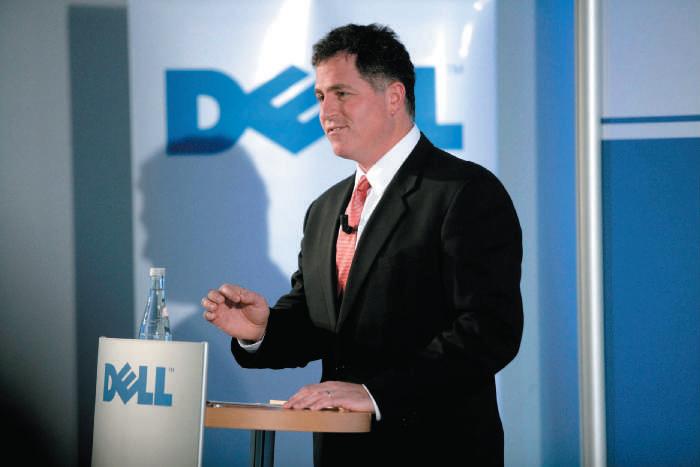Ethical Perspectives
306
C h a p t e r 1 2 G lo b a l M a r k e t i n g
Gray Marketing Involves Ethical Issues
G
ray marketing (also called “parallel importation”) refers to unauthorized importers reselling a manufacturer’s product in the manufacturer’s domestic market at a price less than what the manufacturer charges in that domestic market. Although consumer products are most likely to be involved, there are instances where high-cost capital goods, such as machinery, have been reimported into domestic markets. Assume a U.S. manufacturer of men’s shirts sells them in the U.S. market for $20 but charges $14 in Asian markets. A distributor not in the manufacturer’s channels of distribution system buys the shirts for $14, then resells them in the United States for $18, thus causing the U.S. manufacturer to lose sales in its home market while the gray marketer makes a profit if the costs of selling in the manufacturer’s domestic market is less than $4 ($18 − $14).
gray marketing
unauthorized importers reselling a manufacturer’s product in the manufacturer’s domestic market at a price less than what the manufacturer charges in that domestic market
dumping
a price in a foreign market that undercuts the prices of companies competing there
Gray marketers justify their actions in a number of ways. They claim that the opportunity for them to make a profit would not occur if the manufacturer was not overcharging its domestic customers. They argue that their actions increase competition and that the purchaser in the domestic market enjoys a lower price than they would need to pay if they bought from the manufacturer. Manufacturers object to gray marketing by stating that their images can be tarnished because their products are sold at lower prices, and the importers may not offer the same guarantees and warranties as the manufacturers. Another argument is that the gray marketer is getting a “free ride” on the manufacturer’s investments in R&D and promotion. Manufacturers also allege that gray marketing often occurs because distributors in foreign countries “divert” some of the manufacturer’s products to gray marketers.
•
The Chapter Note for this passage will be # 26 which is S. Philip and M. Jie, “Nissan Brings Datsun Back to the Future,” Business Week, July 15–21, 2013, pp. 24–25.
• •
The Chapter Notes in the text and at the end of the chapter must be renumbered.
• • • •
costs;
•
what the demand will likely be.
This means that there are now a total of 33 Chapter Notes. Footnote 31 should be S. E. Prokesch, “Competing on Customer Service: An Interview with British Airways Sir Colin Marshall,” Harvard Business Review, November-December 1995, pp. 110–112, attractiveness of competitive products and their prices; how competitive the product is; how much marketing support (promotion budget, level of customer service, number of salespeople selling the product, etc.) the product will get; and
One approach to setting prices is to charge the same price in the foreign market as in the domestic market. This approach recognizes the fixed and variable costs associated with products. Often, a price will be set that includes these costs and the marginal costs (transportation, storage, and promotion) required to market the product overseas. A market differentiation approach also recognizes costs, but places a greater emphasis upon the demand that exists for products at various prices.
12-6c Dumping A company that sets a price in a foreign market that undercuts the prices of competitive companies (especially host country firms) may be accused of dumping A complaint may be lodged with the World Trade Organization because firms bringing the charge feel that they are losing sales and market share so badly that the dumper will be able to force them out of the market. Sometimes dumping is facilitated by the home country providing subsidies to companies that are dumping. For example, bricks from Iran have flooded Iraq, selling for about one-third less than Iraqi-made bricks. Iran subsidizes its brick manufacturers by providing low-priced fuel and electricity as well as substantial tax breaks.26
Copyright 2017 Cengage Learning. All Rights Reserved. May not be copied, scanned, or duplicated, in whole or in part. Due to electronic rights, some third party content may be suppressed from the eBook and/or eChapter(s). Editorial review has deemed that any suppressed content does not materially affect the overall learning experience. Cengage Learning reserves the right to remove additional content at any time if subsequent rights restrictions require it.







































